Hueree Natural Park (휴애리자연생활공원)
12.3 Km 67659 2024-03-11
256, Sillyedong-ro, Namwon-eup, Seogwipo-si, Jeju-do
+82-64-732-2114
In addition, it also offers a series of programs for visitors to get up close and feed animals (such as black pigs), to play traditional games, and to walk barefoot through volcanic cinders. From October to January, the mandarin picking experience is a highlight.
Hueree Maehwa Festival (휴애리 매화축제)
12.3 Km 11666 2023-03-20
256, Sillyedong-ro, Seogwipo-si, Jeju-do
• 1330 Travel Hotline: +82-2-1330 (Korean, English, Japanese, Chinese) • For more info: +82-64-732-2114
Held in Hueree Natural Park at the foot of Hallasan Mountain on Jeju Island, Hueree Maehwa Festival is held every spring when the air is filled with the scent of plum flowers. Visitors can enjoy the beautiful plum flower fields at Hueree Natural Park. Photo zones are set up throughout the field, and visitors can also see black pig and peacocks in the park.
Hueree Canola Flower Festival (휴애리 유채꽃 축제)
12.3 Km 0 2024-02-26
256 Sillyedong-ro, Namwon-eup, Seogwipo-si, Jeju-do
+82-64-732-2114
Hueree Canola Flower Festival is the largest on Jeju Island and takes place in Seogwipo. The canola flower field stretches 13,223 m2 and is filled with carefully grown canola flowers. The festival is also a popular photo spot and attracts people seeking wedding snaps, photos with friends, and more.
Seongsan Bom Juk Kalguksu(성산봄죽칼국수)
12.5 Km 231 2024-03-12
2, 1F, 33 Hwanhaejangseong-ro, Seongsan-eup, Seogwipo-si, Jeju-do
+82-64-784-3331
Seongsan Bom Juk Kalguksu is a specialty restaurant located in front of Sinsan Elementary School in Jeju. It specializes in kalguksu (noodle soup), made with shellfish known as "bomal" in Jeju dialect. The signature dish is the bomal kalguksu (noodle soup with brown turban shell), and bomaljuk (brown turban shell porridge) is also popular. The noodles are made with tangerine, giving them a chewy texture and a yellowish color. Nearby attractions include Seongsan Ilchulbong Tuff Cone and Cape Seopjikoji.
Namwon Keuneong Coast (남원 큰엉해안)
12.5 Km 29894 2021-05-13
522-17, Taewi-ro, Seogwipo-si, Jeju-do
+82-64-740-6000
Namwon Keuneong Coast's name means "a hill shaped like an opened mouth ready to swallow up the sea," with Jeju dialect "-eong" meaning "hill". The coastal cliff that reach up to 30 meters in x_height and 200 meters in length is covered with soft green grass. In addition to the two natural caves, visitors can also find a 2-kilometer walking path along the coastline, an observatory deck, resting area, and other amenities. This attraction is popular for fishing as well as a date spot for couples.
Jeju 4.3 Peace Park (제주4·3평화공원)
12.8 Km 15687 2021-06-18
430, Myeongnim-ro, Jeju-si, Jeju-do
+82-64-723-4344
Mankind tends to only remember the heroes of civilization. Jeju 4.3 Peace Park was created to remember those who fell protecting their homeland during the Jeju uprising which broke out on April 3, 1948. The park is the symbol of reconciliation and peace, and seeks to open a new chapter of life.
The development project of Jeju 4.3 Peace Park was a result of the reparations for the victims of the Jeju uprising. The 4.3 Special law was promulgated in the year 2000, and the following steps proceeded: property acquisition for the park, master plan of the park establishment, design competitions for the park, construction, exhibits and installations. It finally opened to the public on March 28, 2008.
Jeju Myeongdoam Youth Hostel (제주 명도암유스호스텔)
12.8 Km 15365 2020-03-17
393, Myeongnim-ro, Jeju-si, Jeju-do
+82-64-759-9596
Jeju Myeongdoam Youth Hostel is located near the trail chosen as one of the top 10 most beautiful trail as well as many attractions. Its central location offers traveling convenient for its guests and rooms are arranged in family to dormitory styles to accomodate varying group sizes. Nearby destinations include Jungmun Resort, Jeju City Hall and Cheonjiyeon Falls.
Darangswi Oreum (Wollangbong Peak) (다랑쉬오름(월랑봉))
12.9 Km 15307 2020-05-06
San 6, Sehwa-ri, Jeju-si, Jeju-do
+82-64-740-6000
Located the Northeastern part of Jeju Island, Darangswi Oreum is a parasitic volcano that stands about 380 meters above sea level. From Darangswi Oreum, visitors can overlook tourist attractions such as Seongsan Ilchulbong (Sunrise Peak), Udo Island, Hallasan Mountain, coastlines, and various parasitic cones.
The mountain has an oval shape from south to north with a steep incline. The top has a large, deep funnel-shaped crater that still preserves its original shape unlike craters in cones. The name Darangswi is derived from the fact that the mountain looks like a moon ('Da' meaning 'Moon' and 'Swi' meaning 'Mountain' in the Jeju dialect).
Trees are scattered here and there at the top, and the outskirts of the mountain are decorated with cedar trees. Meadow plants such as Aster yomena populate most of the mountain. A gentle hill to the right of Darangswi Oreum is called Akkeun Darangswi Oreum (also called Sowol Nangak). Meaning 'small,' 'Akkeun' is both old Korean and Jeju dialect.
Darangswi Oreum hosts Wollang Peak Sunrise Festival every year allowing visitors to see the spectacular full moon from the crater. There are wooden stairs in place for easy ascent, and the mountain is also a popular site for paragliders.
Jeju Camellia Arboretum (제주동백수목원)
13.0 Km 0 2023-08-08
288, Taewi-ro, Seogwipo-si, Jeju-do
Jeju Camellia Arboretum is home to Korea's largest colony of Camellia sasanqua, a minature camellia species. The arboretum is part of Wimi Camellia Habitat, a beautiful forest protected as a natural monument of Jeju.
Maze Land (메이즈랜드)
13.0 Km 50877 2021-12-21
2134-47, Bijarim-ro, Jeju-si, Jeju-do
+82-64-784-3838
Maze Land is a themed park boasting the world’s longest stone maze, measuring roughly 5.3 km in total length. The maze is made mainly using stone and wood found on Jeju and is created to reflect the Jeju's three principle items or "Samda," which describes the things abundant on Jeju Island: rocks, wind, and women. The maze not only offers a fun activity for you and your friends, but also provides health benefits as the stones emit high levels of far-infrared radiation and the woods (T. occidentalis) produce a large volume of phytoncides. The park, with its variety of trees several decades old, is the perfect place for "forest bathing,” in which people surround themselves with nature (particularly trees) to soak in the natural benefits.
In addition to the mazes made of trees and stones, visitors are encouraged to check out the maze museum detailing the history of mazes starting from their origin in the 14th century. During the museum tour, visitors may also participate in hands-on activities such as puzzles and games.
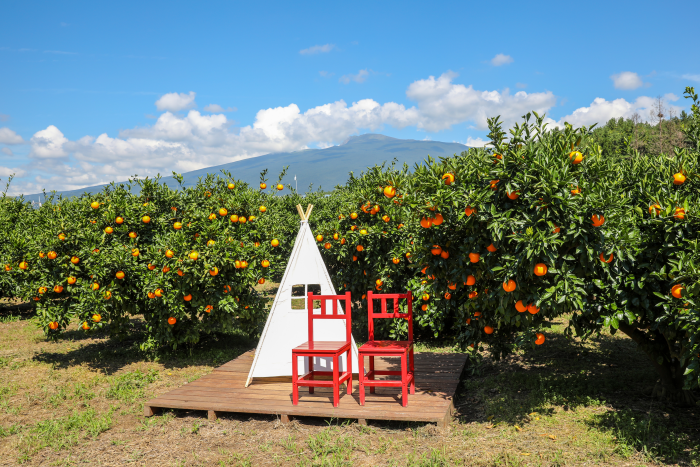
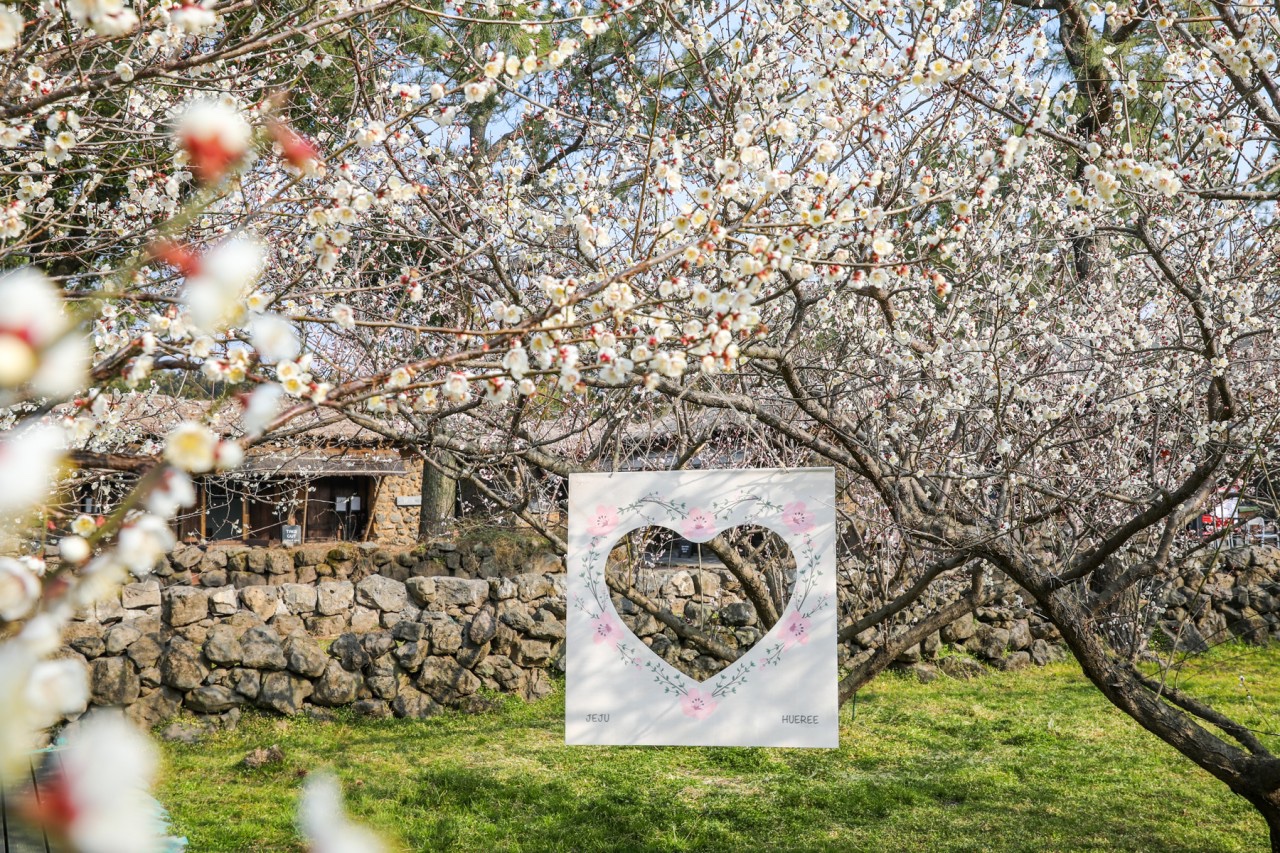
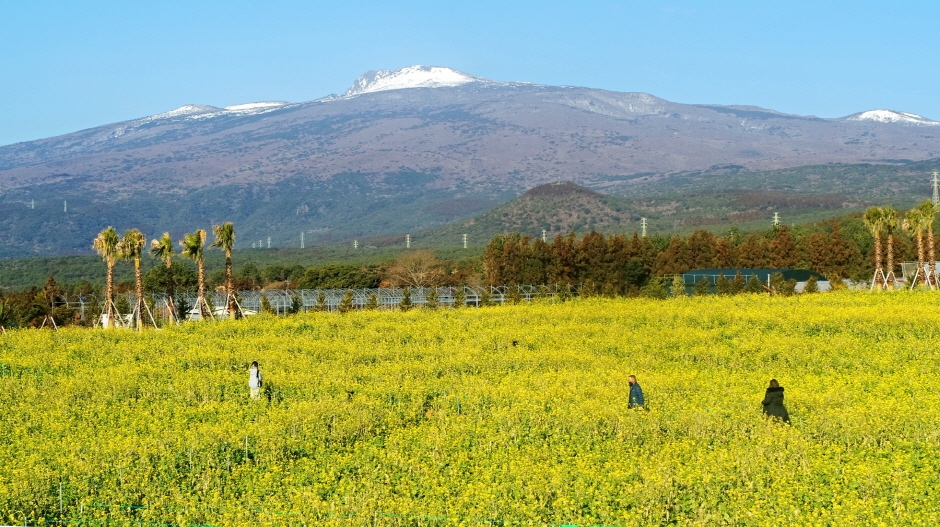
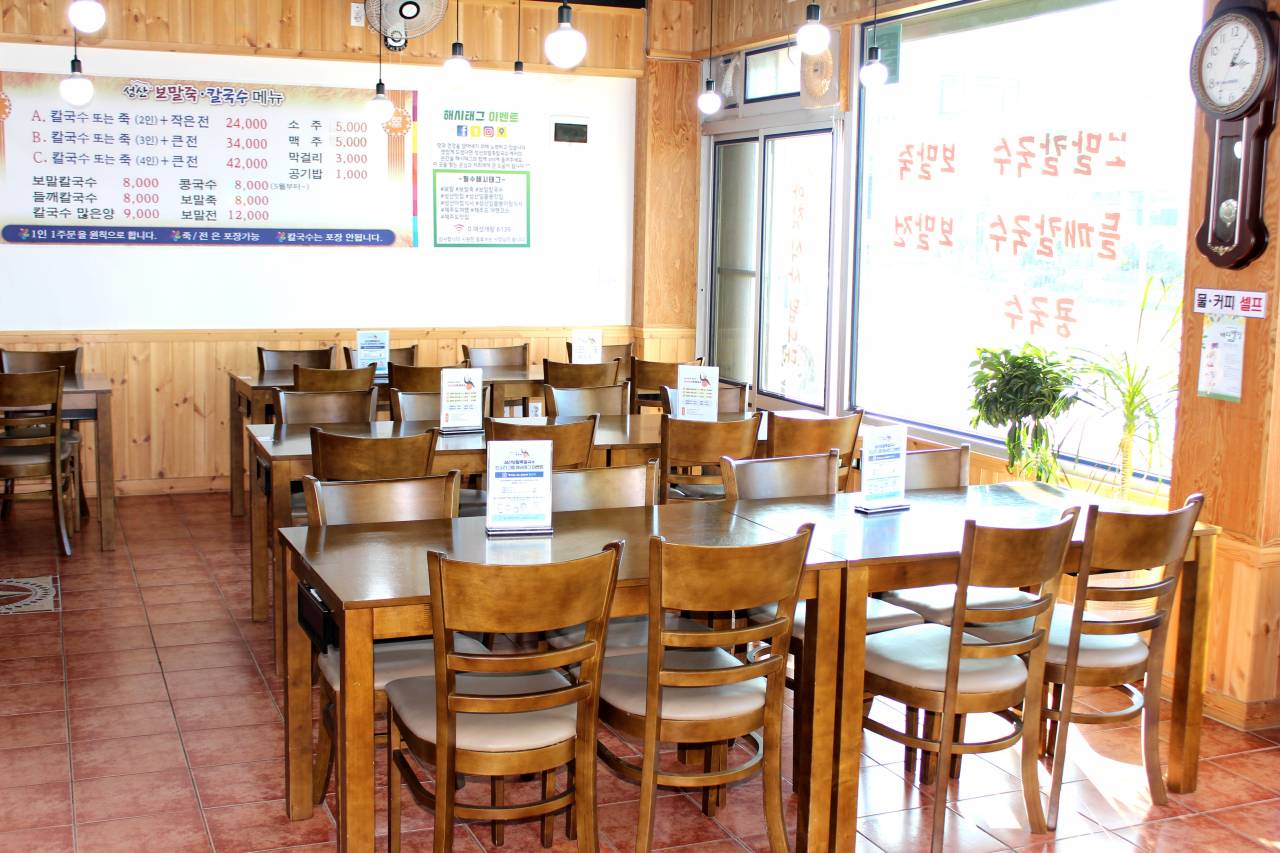
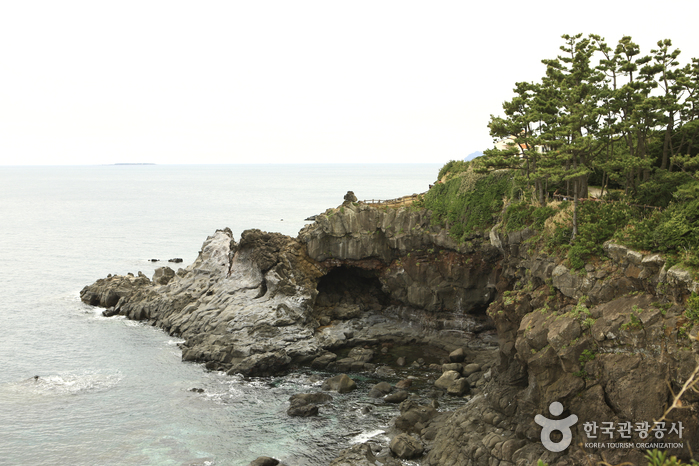
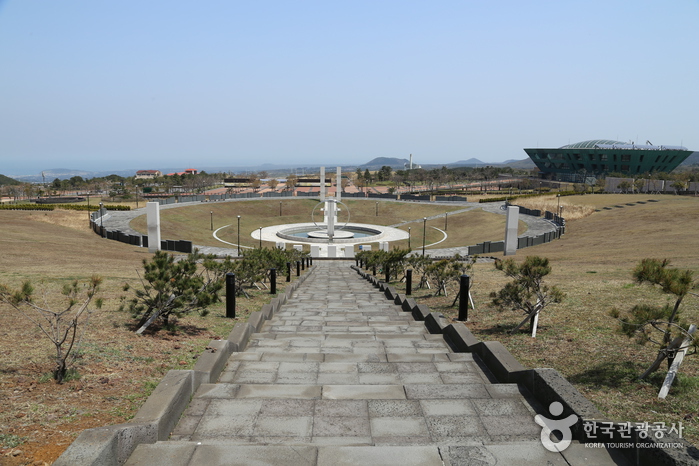

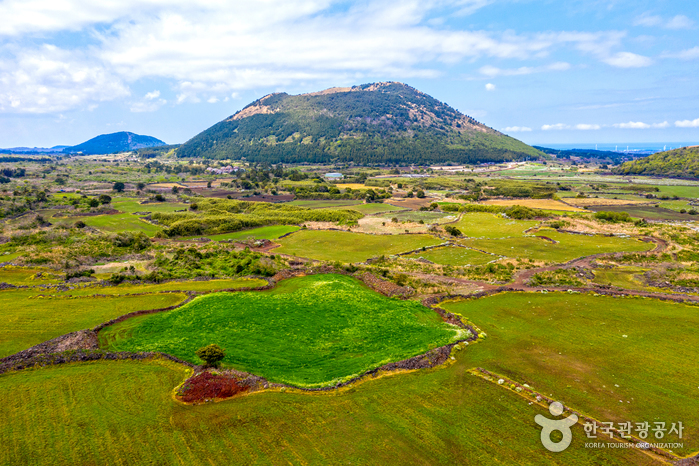
 English
English
 한국어
한국어 日本語
日本語 中文(简体)
中文(简体) Deutsch
Deutsch Français
Français Español
Español Русский
Русский